BERKELEY, CALIFORNIA—Researchers from the Department of Energy/Lawrence Berkeley National Laboratory announced that they have worked with scholars from the University of Cairo to analyze samples of mummified bone and soil collected at sites in Egypt where human remains were found, in an effort to determine if chemicals in the bone reflected the person’s daily activities, or if the soil chemistry had changed the composition of the bones over time. The analysis was conducted with X-ray and infrared light-based techniques. The mummified bone samples, which range from 2,000 to 4,000 years old, came from the burial ground at Saqqara in northern Egypt, and Aswan, an ancient city located in southern Egypt. Mohamed Kasem of Cairo University said the researchers detected lead, aluminum, and other elements in the bones that they think reflect the toxicity of the ancient Egyptian environment. The aluminum is thought to have come from the potassium alum compound added to drinking water to reduce cloudiness, while the lead in the bones is likely to have come from the lead used to polish pottery. Kasem said the team of researchers is continuing to experiment with different high-tech techniques to sort out the sources of elements found in the ancient bones. To read about the diet of ancient Egyptians living on the Giza Plateau over 4,000 years ago, go to "Let Them Eat Soup."
Scientists Analyze Composition of Ancient Egyptian Bones
News November 13, 2019
Recommended Articles
Digs & Discoveries March/April 2022
The Treasurer's Tomb
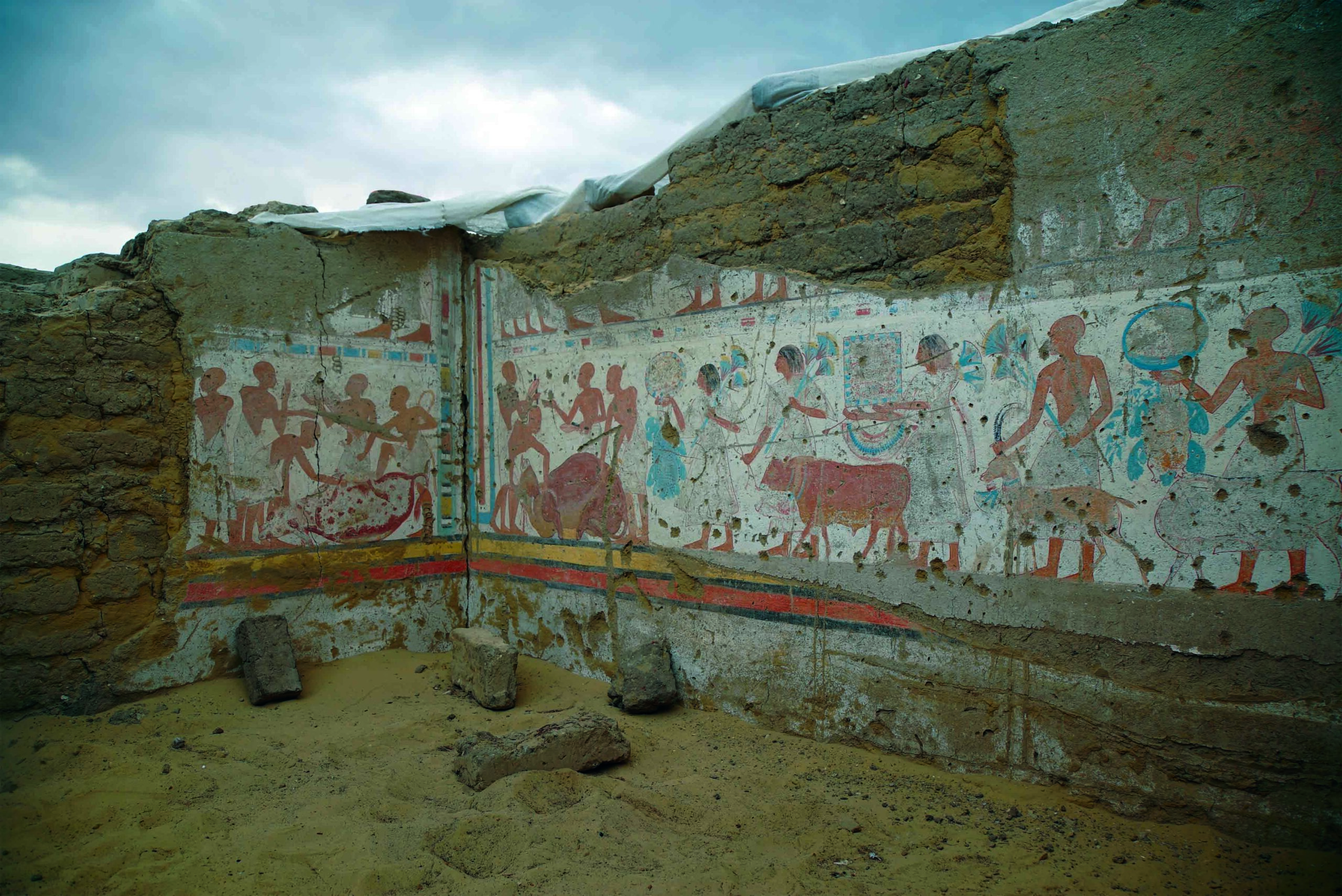
The Pursuit of Wellness September/October 2021
Self-Care

Digs & Discoveries March/April 2021
The Mummies Return
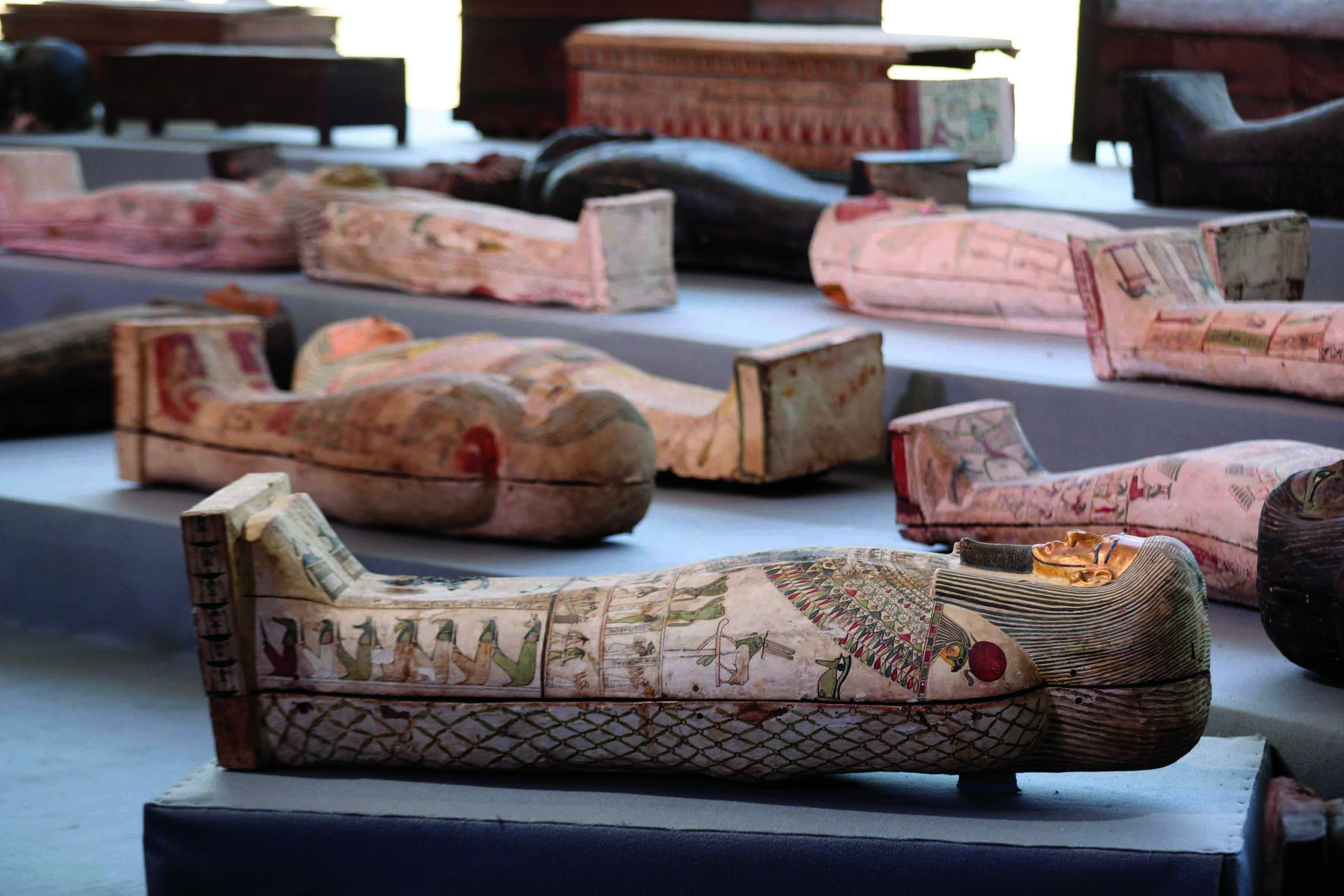
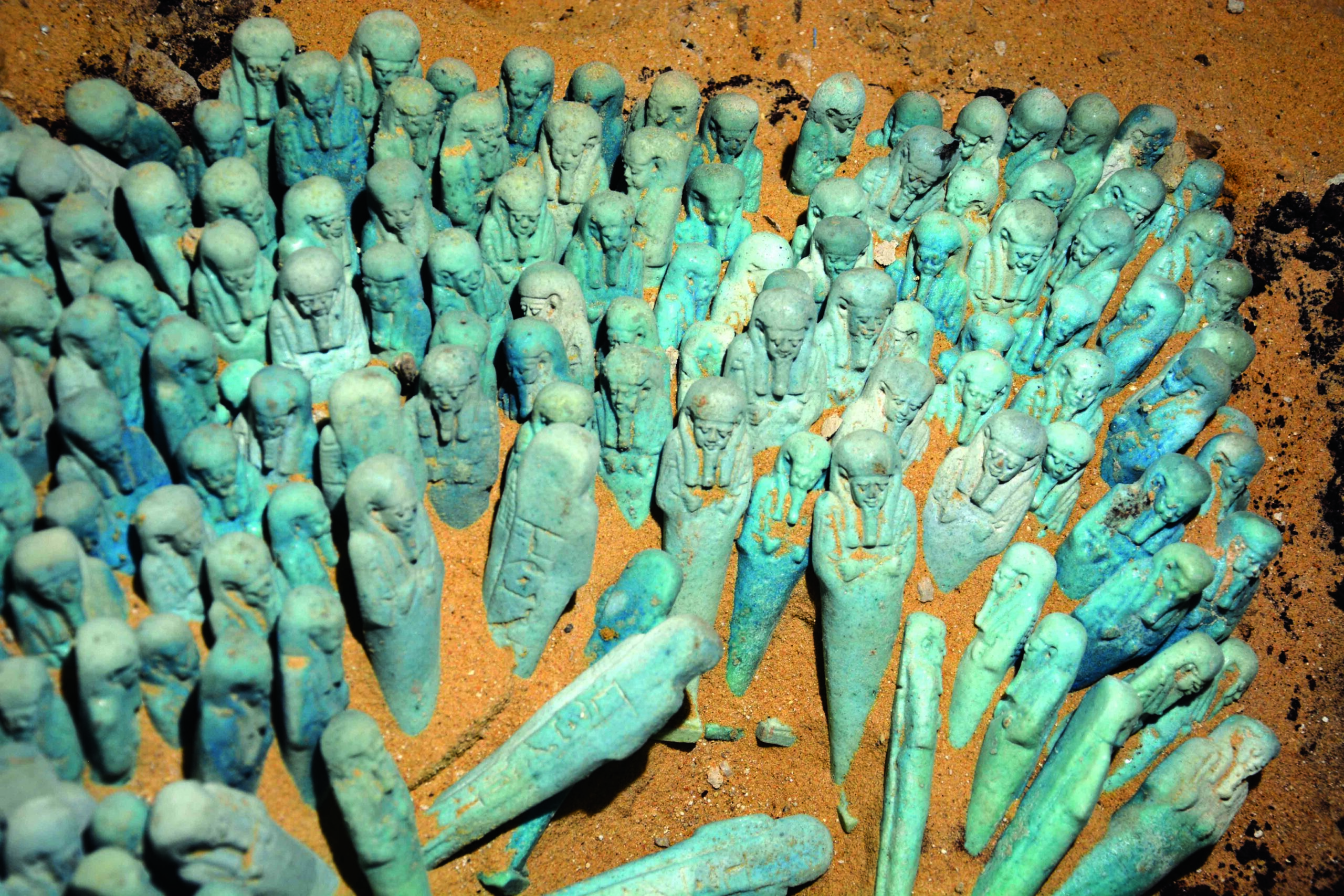
-
Features September/October 2019
Minaret in the Mountains
Excavations near a 12th-century tower reveal the summer capital of a forgotten Islamic empire
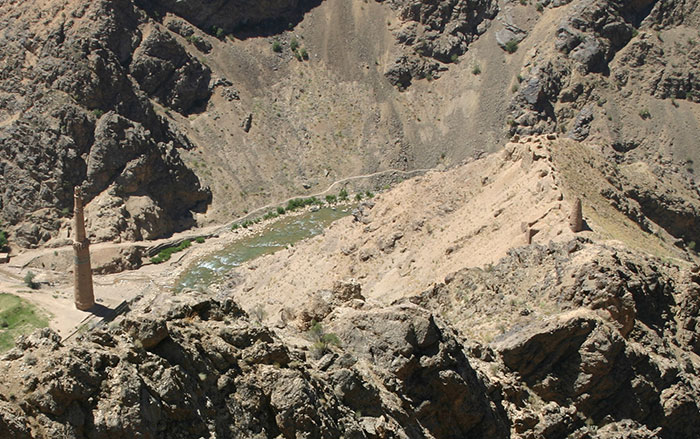 (Courtesy Minaret of Jam Archaeological Project)
(Courtesy Minaret of Jam Archaeological Project) -
Letter from Lake George September/October 2019
Exploring the Great Warpath
Evidence from forts, hospitals, and taverns in upstate New York is illuminating the lives of thousands of British soldiers during the French and Indian War
 (Jerry Trudell the Skys the Limit/Getty Images)
(Jerry Trudell the Skys the Limit/Getty Images) -
Artifacts September/October 2019
Roman Coin
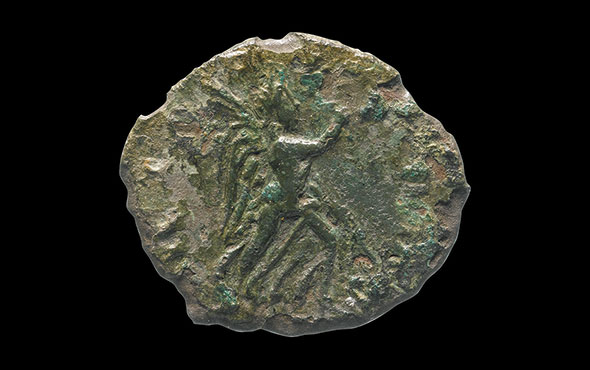 (Courtesy MOLA Headland)
(Courtesy MOLA Headland) -
Digs & Discoveries September/October 2019
The Case for Clotilda
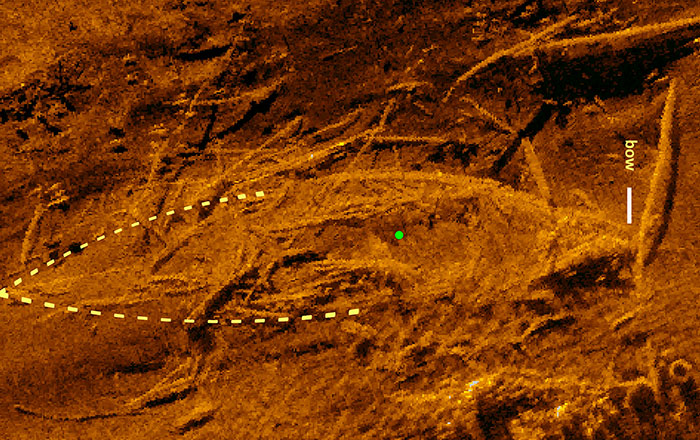 (Courtesy SEARCH inc)
(Courtesy SEARCH inc)



